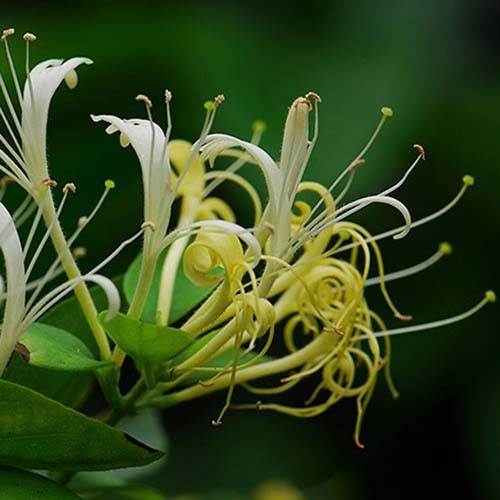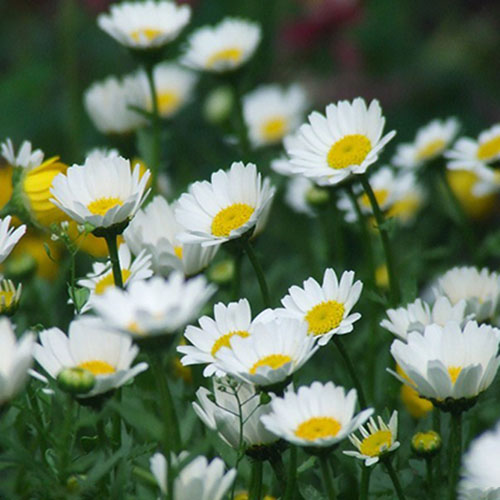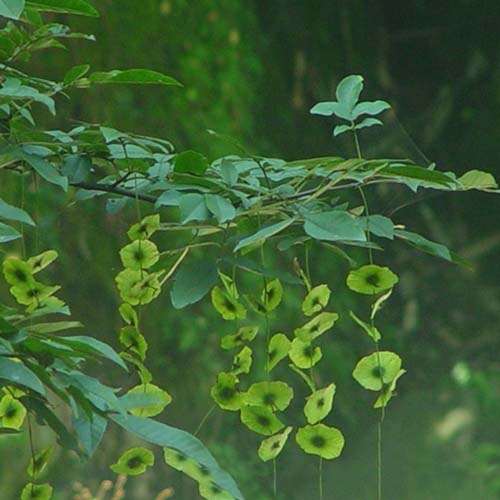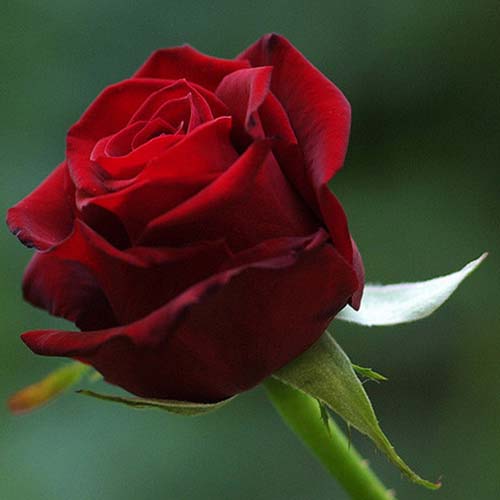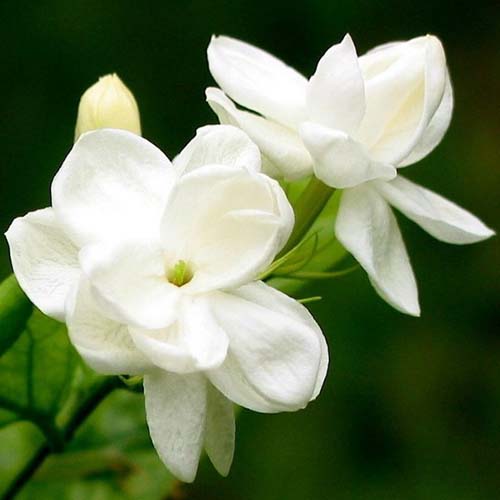- Chinese Name Jin Yin Hua 金银花
- Latin Name Lonicera japonica Thunb.
- Other Names Lonicera; Woodbine; Flos Lonicerae
- Used Part Flower
- Specification Powdered Extract
Honeysuckle Flower Extract Powder
Description
Praised as the best herb that fights bacteria and diminishes inflammation, honeysuckle flower, also commonly known as Japanese honeysuckle flower and Jin Yin Hua, is one of the most popular Chinese healing herbs today.
Plant Origin
Honeysuckle flower grows all over China, it is mainly distributed in Shandong and Henan provinces. And their medicinal part is the flower bud or newly-bloomed flower of Lonicera japonica Thunb., Lonicera hypoglauca Miq., Lonicera confusa DC., and Lonicera dasystyla Rehd.; plants of the Caprifoliaceae family.
Identified Active Components
- Chlorogenic acid
- Isochlorogenic acid
- Ginnol
- β-sitosterol
- Stigmasterol
- Stigmasteryl-D-glucoside
- Volatile oil (mainly contains Linalool, Ethylpalmitater, Methylinoleate, β-cubebene, α-terpineol, Eugenol, Carvacrol)
In 1980s, the State Ministry of Health in China ever conducted a chemical analysis for honeysuckle, and found that it contained a variety of essential trace elements, chemical composition, and many beneficial enzymes that could defy aging, fight cancer, and help weight loss.
Traditional Chinese Medicinal Uses
In Traditional Chinese medicine, honeysuckle flowers are among the important herbs for clearing heat and relieving toxicity. It is often used in pus-forming infections, skin sores, pharyngitis, bloody dysentery, cold and flu, and acute infectious diseases.
Clinically, modern TCM widely uses honeysuckle flower for infections of the respiratory system, digestive system and head region. It is also used to reduce blood lipid level.
Since honeysuckle flower has a sweet taste, it is a favorable ingredient for people to prepare as tea and distilled water, which can clear summer heat, quench thirst, relieve sore throat, soothe skin sores and prickly heat.
More importantly, unlike other cold-nature herbal medications honeysuckles won’t impair the function of stomach. That is also the reason why it is so popular in prevention and control of epidemic disease.
Modern pharmacology of Japanese honeysuckle flower
Swelling (inflammation) of small air passages in the lung (bronchiolitis). Early research suggests a combination of honeysuckle, Baikal skullcap, and forsythia given by IV (intravenously) by a healthcare provider might shorten the length of symptoms of bronchiolitis in children with respiratory syncytial virus infection
- Digestive disorders
- Cancerous tumors
- Constipation
- Skin inflammation
- Itching
- Colds
- Fever
- Swelling
- Boils
- Sores
- Bacterial or viral infections
- Promoting sweating
- Other conditions
TCM Tradition
Taste Sweet
Nature Cold
Organ Meridians Lung, Heart, Stomach
TCM Functions
• Clears Heat and resolves Fire toxicity
– Hot, painful sores and skin eruptions in various stages of development, especially breast, throat and eyes
– Intestinal abscesses
• Vents and disperses External Wind-Heat
– Early-Stage Wind-Heat Warm-Heat pathogen with fever, chills, slight aversion to Wind, sore throat and headache
– External Summerheat
• Clears Damp-Heat from the Lower Jiao
– Damp-Heat in the Lower Jiao with dysentery or Lin Syndrome
• Cools the Blood and stops bleeding (charred)
– Blood Heat dysentery

